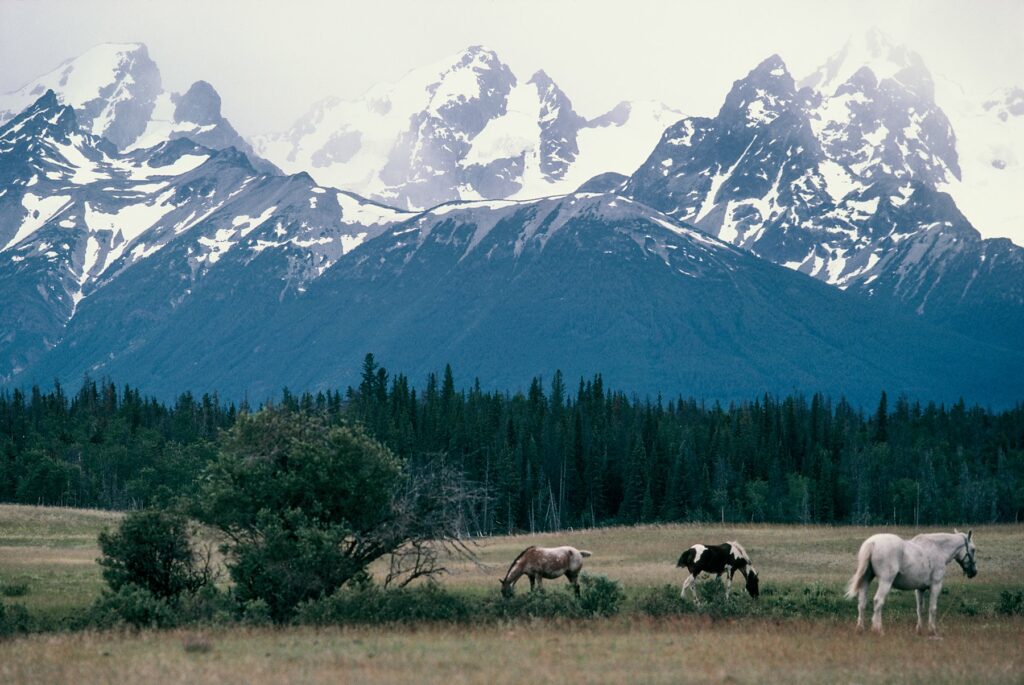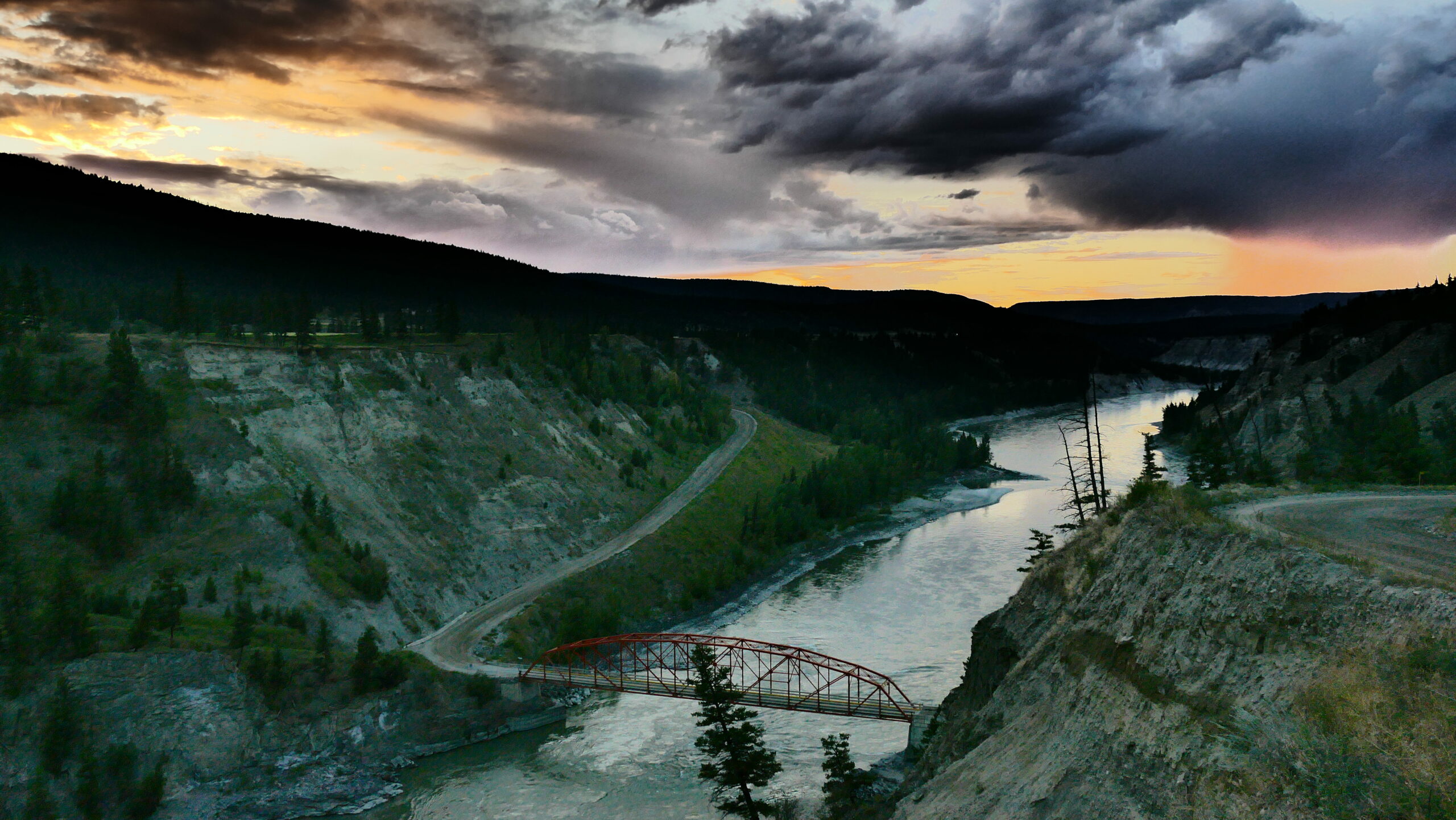On June 23, 2022, Chairperson Chiappetta of the Specific Claims Tribunal (Tribunal) issued a decision finding that Canada had breached its post-surrender fiduciary duties to the Kahkewistahaw First Nation (KFN) in the context of the 1944 surrender of their Indian Reserve No. 72A (IR 72A or the Reserve). The Tribunal found that Canada repeatedly failed to act with reasonable diligence or to meet the standard of a person of ordinary prudence managing their own affairs in the post-surrender period. The Tribunal held that Canada could not excuse its failure to meet the fiduciary standard by pointing to the conduct of the municipality or the Province. The Tribunal further found that Canada had a fiduciary obligation to take steps to remove trespassers from the Reserve both prior to and after the Reserve was surrendered, regardless of whether KFN had complained about the trespass.

Photo credit: Doane Gregory
Background on this Specific Claim
The main community of Kahkewistahaw is located in the lands known now as southeastern Saskatchewan about 150 kilometres east of Regina, between Crooked Lake and Round Lake. KFN adhered to Treaty 4 in 1874. The Claim related to four separate historical events: the construction of the Craven Dam in 1909, the diversion of a road across the Reserve in 1944, the surrender of the entire Reserve in 1944, and a lag of almost twelve years prior to the surrendered land being sold for the benefit of the Band.
The Craven Dam was built in 1909 on the Qu’Appelle River at Craven, Saskatchewan. The dam negatively affected fishing in Round Lake and Crooked Lake, and there was no evidence that KFN was consulted about the building of the dam.
At some point before 1944, a road allowance on the Reserve was in use without KFN’s consent to provide access to a nearby resort owned by the Criddle family. The Criddles also built buildings on the road allowance. In 1943, the road allowance flooded and the municipality of Grayson diverted the road through another portion of the Reserve, again without the consent of KFN. The Department of Indian Affairs (DIA) protested, and the municipality eventually moved the road back onto the road allowance in 1947. Once again, the municipality’s actions with respect to the road were taken without KFN’s consent or paying compensation to KFN.
Early in 1944, the Crown approached KFN to discuss a surrender of 1.5 acres of reserve land for the road relocation. KFN responded by expressing an interest in surrendering the 68.16-acre Reserve for sale, and by August 1944 this had occurred. Following the surrender, Canada did not take prompt action to sell the Reserve and the Reserve was not sold until 1956. When the Reserve was finally sold, Canada did not subdivide the lands into individual lots and instead sold the land in three large parcels.

Photo credit: Doane Gregory
The Specific Claims Tribunal’s Decision
Pre-surrender Duties
Regarding the surrender of IR 72A for sale, the Tribunal found that Canada had not breached its duties to KFN, whether as a fiduciary, under the Indian Act, or under Treaty 4. The Tribunal’s reasoning centred on the fact that KFN, not the Crown, had initiated the discussions respecting the sale of the Reserve. The reasons given by KFN for desiring a sale were that they were not using the Reserve and wished to lease or purchase alternate lands on Round Lake where they fished and where their children attended school. The Tribunal held that KFN had the right to decide whether to surrender the Reserve, and that they had done so in order to further their best interest as they defined it.
The Tribunal found that when a First Nation has initiated a surrender for sale to further its own determined best interest, the Crown’s fiduciary obligation to refuse to consent to the sale only arises if there is evidence that the First Nation’s understanding of the terms of the surrender was inadequate or that the decision was so improvident that it constituted exploitation. The Tribunal found that Canada could have provided better information and guidance to KFN about options other than selling the Reserve, but held that this failure did not rise to the level of a breach of fiduciary duty.
With respect to the Indian Act, the Tribunal found that non-compliance with the Act’s surrender provisions did not invalidate the surrender of IR 72A. The Tribunal held that “substantial compliance” was sufficient, as long as it could be shown that the surrender was validly assented to by the First Nation. Again, the Tribunal’s reasoning rested on the fact that KFN had initiated the discussion regarding the surrender for sale. Although there was no evidence that a meeting of the Band had been called to discuss the proposed surrender, the Tribunal was prepared to infer that KFN had discussed it amongst themselves prior to initiating the request to surrender the Reserve.
Treaty 4 provides that no interest in reserve lands shall be alienated without the Band’s consent, but does not provide a process by which a First Nation may consent to the surrender of reserve lands. The Tribunal found that the mutual intention of the signatories to Treaty 4 was to protect Bands from unilateral sales of reserve lands by the Crown by ensuring that Bands were duly informed and agreeable to sales. The Tribunal found that KFN knew about the sale of IR 72A and agreed to proceed with it. Thus, the Tribunal found that Canada had not breached its duties under the Treaty when accepting KFN’s surrender of IR 72A.
Post-surrender Duties
Canada continues to owe a fiduciary duty with respect to reserve lands even after they have been surrendered. The Crown must act with reasonable diligence and in a timely manner to advance the best interests of the First Nation following a surrender of reserve lands. The standard Canada must meet in fulfilling its post-surrender obligations is that of “a person of ordinary prudence managing their own affairs.”
The Tribunal found that Canada had generally failed to meet these obligations to KFN during the post-surrender period, with one exception. Since the terms of the surrender only contemplated a sale of the Reserve, the Tribunal held that Canada was not under an obligation to consider a long-term lease instead of selling the land. However, the Tribunal found that Canada had breached its fiduciary obligations to KFN following the 1944 surrender because Canada took no steps to sell the reserve land at that time. Nor did Canada lease the land for the benefit of KFN while waiting for a good opportunity to sell. Instead, Canada left the lands to sit for almost twelve years.
At the hearing, Canada argued that its failure to take any action with respect to IR 72A between 1944 and 1947 was explained by the dispute with the municipality of Grayson regarding the road diversion. The Tribunal rejected this defence, observing that Canada cannot point to the actions of lower levels of government to excuse its own failures to meet its fiduciary obligations. Canada, the Tribunal held, should have continued to look for ways to generate revenue for KFN from the surrendered lands while the dispute was ongoing. The Tribunal further held that it should not have taken three years (1944-1947) for Canada to resolve the road allowance disagreement with the municipality, especially since only 1.5 acres of land were at stake in that dispute. This constituted an unreasonable delay in the Tribunal’s view.
In 1953, K.W. Criddle approached the DIA with an unsolicited offer to purchase the surrendered Reserve. No action was taken. Criddle approached the DIA again in 1955. The DIA considered but dismissed the idea of subdividing the Reserve into individual cottage lots prior to sale, on the grounds that subdivision would delay the sale by at least a year. The DIA sold the Reserve to Criddle in three large lots, which Criddle immediately proceeded to subdivide and sell as cottage lots. The Tribunal held that Canada’s failure to fully analyze the option of subdividing the land was a breach of its fiduciary duty.
Trespass
The Tribunal found that Canada had breached its fiduciary duty to KFN prior to the surrender by failing to prevent the unauthorized use of the road allowance, and by not taking steps to remove the buildings built on IR 72A in trespass before 1944. The Tribunal found that the Crown must use ordinary diligence to protect a First Nation’s quasi-proprietary interest by taking steps to remedy a trespass even in the absence of a complaint from the First Nation.
The unauthorized road and buildings persisted on IR 72A after the 1944 surrender. Canada argued that the duty to protect the Reserve from trespass had ceased with the surrender of the Reserve, but the Tribunal disagreed. The Tribunal held that the Crown’s fiduciary duty to hold and manage surrendered reserve lands with ordinary prudence and reasonable diligence includes the duty to protect the surrendered land from intrusion by trespassers prior to its ultimate disposition. Trespass on the surrendered Reserve threatened KFN’s best interest, as KFN was entitled to receive value from the sale of the lands without impairment caused by a trespass.
The Duty to Consult and Accommodate
The construction of the Craven Dam in 1909 adversely affected KFN’s treaty right to fish and their ability to fish from their Reserve. There is no evidence that KFN was consulted prior to the dam’s construction. The Tribunal held that Canada’s failure to consult and accommodate KFN prior to building the dam may have been a breach of the Crown’s fiduciary obligations to KFN, but that the Tribunal did not have jurisdiction to determine the issue.
Comments on Kahkewistahaw First Nation v Canada
Kahkewistahaw considered the source of Canada’s fiduciary duty following its acceptance of a First Nation’s surrender of their reserve lands. The Tribunal found that this duty arises because any benefit accruing to the First Nation from the surrender depends on the post-surrender actions and decisions of the Crown. This decision from the Tribunal confirms that Canada’s fiduciary obligations do not cease once it has accepted a surrender of reserve lands; rather, Canada must continue to exercise its discretionary control over the First Nation’s interest in the surrendered lands to the high standard expected of a fiduciary.
This decision lays to rest any doubt as to whether the Crown’s fiduciary obligation to prevent trespass on a reserve was modified by the Indian Act provision requiring a complaint from the First Nation to trigger Crown action against the trespasser. Canada had argued that the Indian Act only required it to address trespass upon receiving a complaint from KFN, and KFN had not complained. Canada further argued that the Indian Act empowered Bands to address trespass, and therefore the fiduciary duty was not triggered because Bands were not uniquely vulnerable to the Crown’s discretion. The Tribunal disagreed, finding that the fiduciary duty is not triggered by a complaint from the beneficiary, nor is it diminished because the Crown has statutorily permitted the First Nation to address the trespass as well. The Crown’s fiduciary duty is grounded in the Crown’s discretionary control over a First Nation’s interest in a reserve. This is a helpful development, since historically there were many barriers to a First Nation lodging a complaint regarding trespass on their reserves. This decision also clarifies that the obligation to protect a reserve from trespass continues after the surrender of the reserve.
KFN has requested that the Federal Court review this decision.
This case summary provides our general comments on the case discussed and should not be relied on as legal advice. If you have any questions about this case or any similar issue, please contact any of our lawyers.
See CanLII for the Reasons for Judgement.